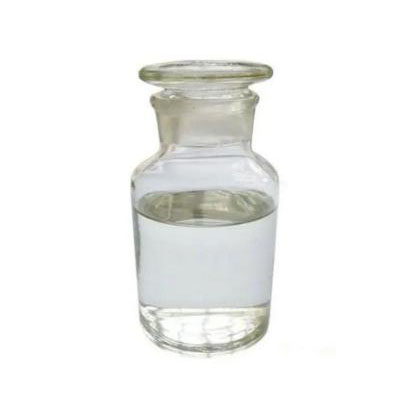Understanding Safety and Regulatory Considerations of Delta Dodecalactone in Consumer Products
2024-07-03
Delta Dodecalactone, valued for its aromatic properties resembling coconut and peach, plays a crucial role in flavoring and fragrance formulations across various consumer products. However, like any chemical used in food and cosmetics, its safety and regulatory compliance are paramount. This blog explores the safety and regulatory considerations associated with Delta Dodecalactone, providing insights into its safe use in consumer goods.
What is Delta Dodecalactone?
Delta Dodecalactone is a lactone compound known for its sweet, creamy aroma with hints of coconut and peach. It is widely used as a flavoring agent in foods and as a fragrance ingredient in perfumes and personal care products. Its versatile profile makes it a popular choice among manufacturers seeking to enhance sensory experiences in their products.
Safety Evaluation and Approval
1. Regulatory Approval: Before Delta Dodecalactone can be used in consumer products, it undergoes thorough safety evaluations conducted by regulatory agencies such as the FDA in the United States, EFSA in Europe, and similar bodies in other regions. These evaluations assess the compound's toxicity, potential allergenicity, and any other safety concerns.
2. Acceptable Daily Intake (ADI): Regulatory bodies establish an Acceptable Daily Intake (ADI) for Delta Dodecalactone, which specifies the maximum amount considered safe for daily consumption over a lifetime. This ensures that exposure levels do not pose health risks to consumers.
Potential Safety Concerns
1. Allergenicity: Although rare, some lactones, including Delta Dodecalactone, may trigger allergic reactions in sensitive individuals. Manufacturers must label products containing Delta Dodecalactone to alert consumers with allergies.
2. Toxicity: Delta Dodecalactone is generally regarded as safe when used within approved limits. However, excessive exposure or misuse could potentially lead to adverse effects, necessitating adherence to regulatory guidelines and recommended usage levels.
Safety Measures in Product Formulations
1. Usage Levels: Manufacturers adhere strictly to recommended usage levels of Delta Dodecalactone as determined by regulatory authorities. This ensures that consumer exposure remains within safe limits.
2. Labeling Requirements: Products containing Delta Dodecalactone must be accurately labeled to inform consumers and regulatory agencies of its presence. This transparency allows individuals to make informed choices and facilitates regulatory compliance.
Conclusion
Delta Dodecalactone enriches the sensory profiles of foods, perfumes, and personal care products, offering delightful coconut and peach-like aromas. Its safety in consumer products is supported by rigorous evaluations and regulatory oversight, ensuring that it meets established safety standards. While potential allergenicity and toxicity are considerations, adherence to regulatory guidelines and responsible usage practices mitigate these risks effectively. By understanding and complying with safety and regulatory requirements, manufacturers can confidently incorporate Delta Dodecalactone into their formulations, enhancing product appeal without compromising consumer safety.



